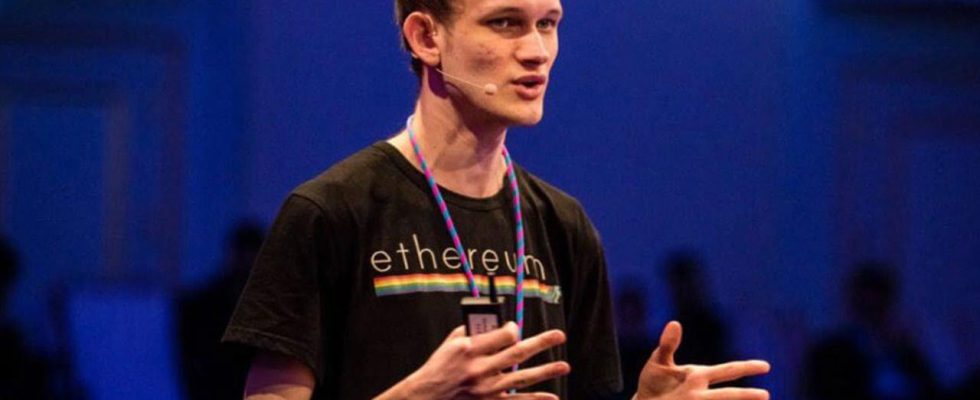Co-founder Vitalik Buterin, Ethereum announced plans for a change to proof-of-stake (PoS) verification that could change the future of its network. In the planning made by Buterin, emphasis was placed on the change environment created by the Shanghai upgrade.
At the core of Ethereum’s current infrastructure is a robust system that supports approximately 895,000 validators and fosters a broad base of individual and institutional participation. This decentralized structure has long been considered the cornerstone of the ETH ethos. However, this model has posed daunting technical challenges, especially in processing the enormous volumes of signatures required for block verification.
Currently, approximately 28,000 signatures are required to verify a block. However, expectations after Sharding and Staking Finality (SSF) show that 1.79 million signatures are required per block. The technical demands required to handle this load are quite challenging. The complexities are immense, from complex confirmation propagation mechanisms to the urgent need for hyper-optimized BLS signature processes. Additionally, the lack of a quantum-resistant alternative and concerns about extended slot times due to additional sub-slots further compound these challenges.
Vitalik ButerinIn addition to the systemic complexity of the current model, he also criticized the shortcomings of making staking more democratic.
As Koinfinans.com reported, the minimum staking requirement of 32 ETH remains a financial hurdle for many people.
In response to these challenges, Buterin is calling for radical changes: That is, reducing the number of signatures per slot to a manageable 8,192. According to Buterin, this fundamental change will not only streamline technical complexities but also strengthen security measures while addressing quantum resistance concerns.
The blog post examines three different approaches to implementing 8,192 signatures per slot under SSF, each offering unique advantages and challenges. These include decentralized staking pools, a two-tiered staking system, and a hybrid approach that utilizes rotating participation based on stake size.
Buterin’s conclusion underscores the significant simplification that sticking to 8,192 signatures would bring to Ethereum’s technical implementation. The forward-looking emphasis is on choosing the most appropriate approach from the proposed options, in line with Ethereum’s ethos of inclusivity and security.
